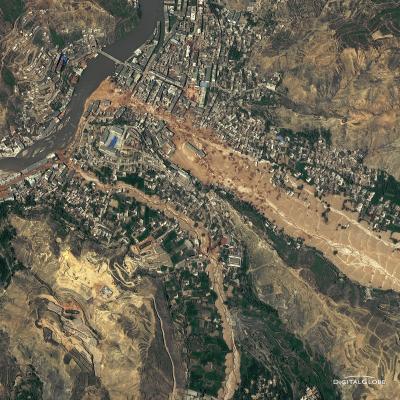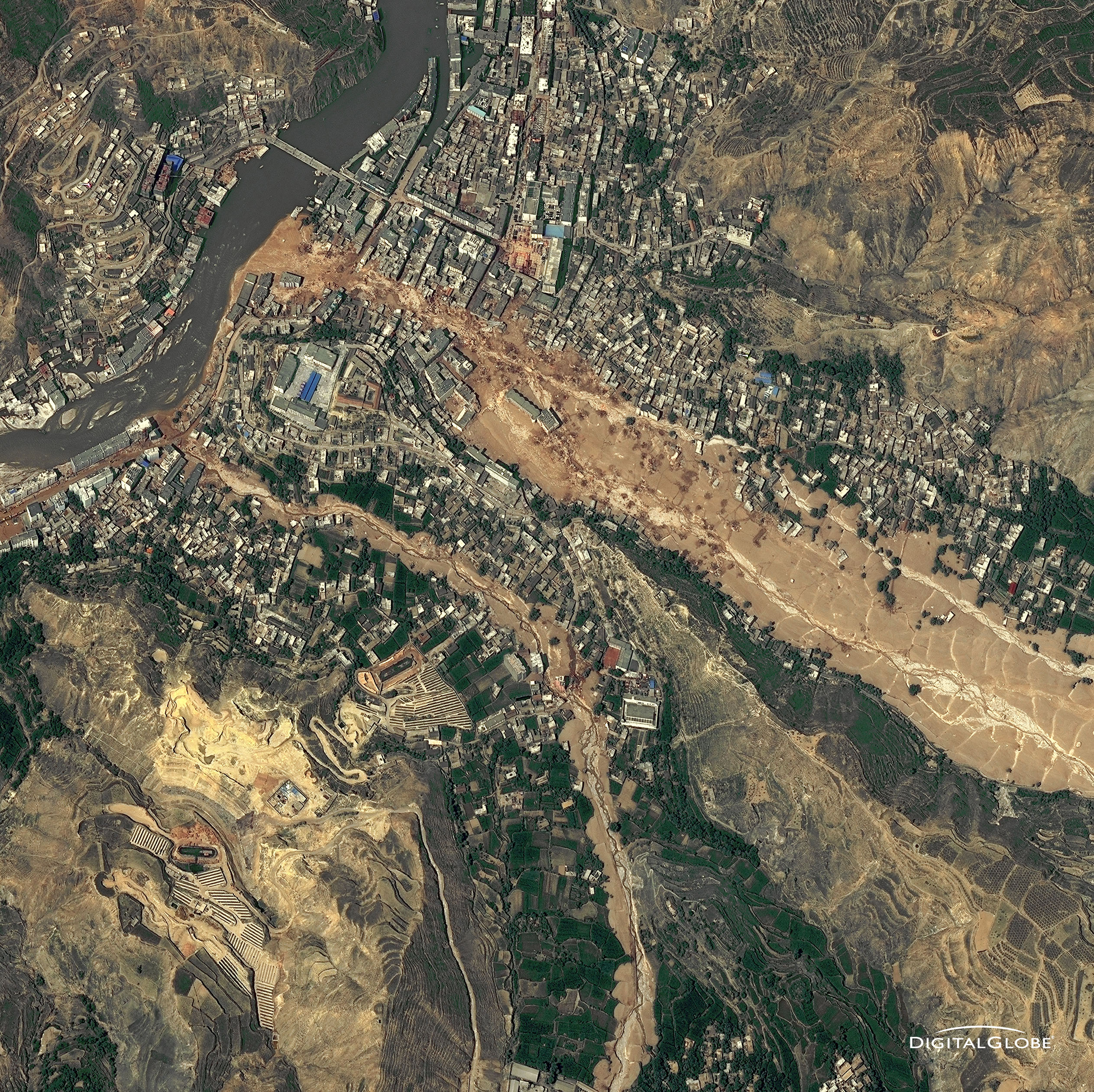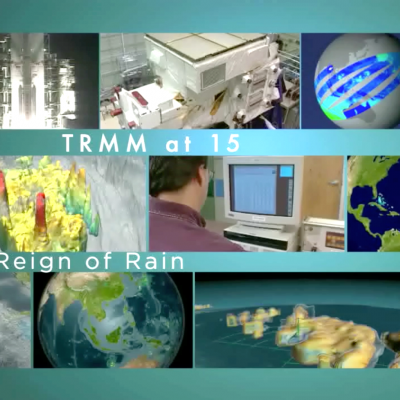Launch of the Tropical Rainfall Measuring Mission (TRMM) Satellite
This video shows the launch of the Tropical Rainfall Measuring Mission (TRMM) satellite on November 27th, 1997 from Tanegashima Space Center in Japan. TRMM was launched on JAXA's H-IIA rocket.
Video Credit: Japan Aerospace Exploration Agency (JAXA)






